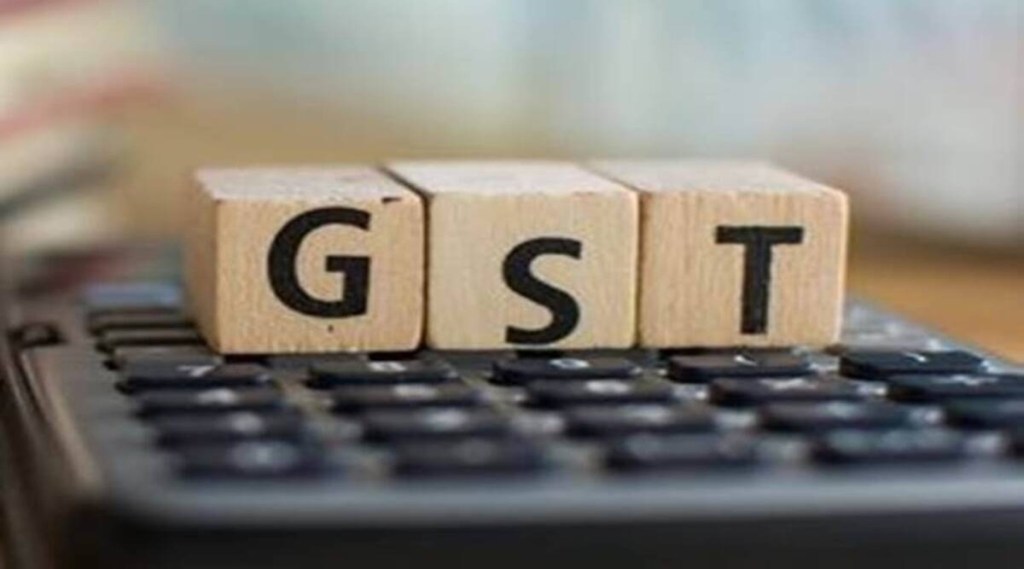By Kartik Solanki
The introduction of the Goods and Services Tax (GST)—with the promise to meet the challenges of legacy taxes, multiple laws and varying rates across geographies—was a watershed moment in India’s tax policy. GST transformed the indirect tax landscape with a common law, uniform compliance procedures, reduced tiers of administrators, and technology-driven automated compliance and tax administration.
While the first five years of GST focussed on ironing out the teething troubles, the focus now shifts to the process of rationalisation of rate structure to take the effective tax rate closer to the Revenue Neutral Rate (RNR), remove the inverted tax structures, prune exemption lists, and ensure no revenue leakages due to tax evasion by continuing on the path of complete automation of the compliances. The recommendation of the 47th meeting of the GST Council, which was implemented in July 2022, indicates this process.




Also Read| Attention travelers! Hotel, train booking cancellations set to get costlier, to now attract GST
The indirect tax law reform process significantly accelerated the country’s march towards the formalisation of the economy and a more compliant tax environment. Being GST compliant became a business imperative, leading to a spurt in tax revenues not only under the GST law but other tax laws as well.
Another impact area for businesses has been the embracement of technology and automation of compliance processes, thanks to the use of advanced technologies and automation of the tax administration. Automation helped businesses to generate quality data to conduct comprehensive evaluations of business processes and improve internal controls.
Importantly, uniform tax rates resulted in the elimination of arbitrage on account of differences in state-level tax rates under legacy laws and created a single national market, where buyers’ focus rests on quality and economy, rather than mere tax arbitrage.
Also Read| Lower threshold for e-invoices will address GST ITC issues
Viewed from the tax administrator’s perspective, the transition to a technology-backed compliance process and the introduction of e-way bills and e-invoicing systems, resulted in a generation of a significant volume of data, which can be analysed to identify any potential tax evasion. The information flow, coupled with stringent actions against evaders, has dissuaded tax frauds.
GST witnessed significant revenue growth in the first three months of FY23. Such an upward trend in revenue was recorded in FYs19 (19%), 20 (4%) and 22 (31%), albeit with a negative growth (7%) in FY21. This shows that GST collections are on an upward trend, except during the pandemic-induced lock-down period.
The GST Council formed a Group of Ministers (GoM) for looking into GST rate rationalisation. Basis the GoM’s interim recommendations, the Council, in July, increased tax rates on certain products and removed certain exemptions. In a few cases, the tax rate was increased to address inversion of taxes also, where the input tax rates were higher than the output tax rate leading to input tax credit build-up. These measures would help achieve the long-term policy objective of the tax rates moving closer to the RNR and converge a number of tax rates into a two (or three) rate structure progressively, as against the present 6-7 along with compensation cess.
However, there are still open issues from an industry perspective. It requires a shift in mindset within the tax administration, which continues to express a bias towards revenue. Advance Ruling Authorities seem inclined to take a position favouring revenue, despite reasonable interpretation or judicial precedents supporting the taxpayer’s position, leading to a dent in the image of the advanced ruling process. Mechanical and rampant rejection of refund claims, investigations for an alleged incorrect claim of tax credits, blocking of credits, etc., reflects revenue bias, where even the courts have made adverse remarks on the administration.
The return filing platform sculpted for compliance has been another cause of concern due to frequent glitches and delays. Frequent amendments in law and the introduction of a newer compliance protocol necessitates continuous tinkering with the accounting/ERP systems of the taxpayer. The government has again proposed to amend form GSTR 3B (monthly return) and has invited suggestions for the same.
To add to the woes, the GST Appellate Tribunals are yet to be constituted, due to various challenges and the disputes adjudicated by first appellate authorities are pending resolution to endure the uncertainty, thus often prompting taxpayers to approach high courts, which have little room to manage long-pending litigation. Industry-government interactions through continuous dialogue seem to have lost steam and it is expected that these forums are better used to proactively address contentious issues.
As a way ahead, it is expected that petroleum products should be brought within the ambit of GST levy without much delay, even if it is in a phased manner to address concerns of the central/state government who garner significant revenue by way of tax. Convergence of GST rates slabs to two or three and the early phase-out of compensation cess are immediate expectations.
The author is Partner (indirect tax), BDO India



















